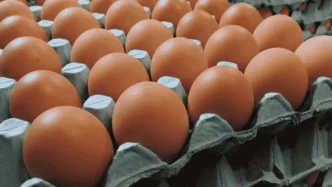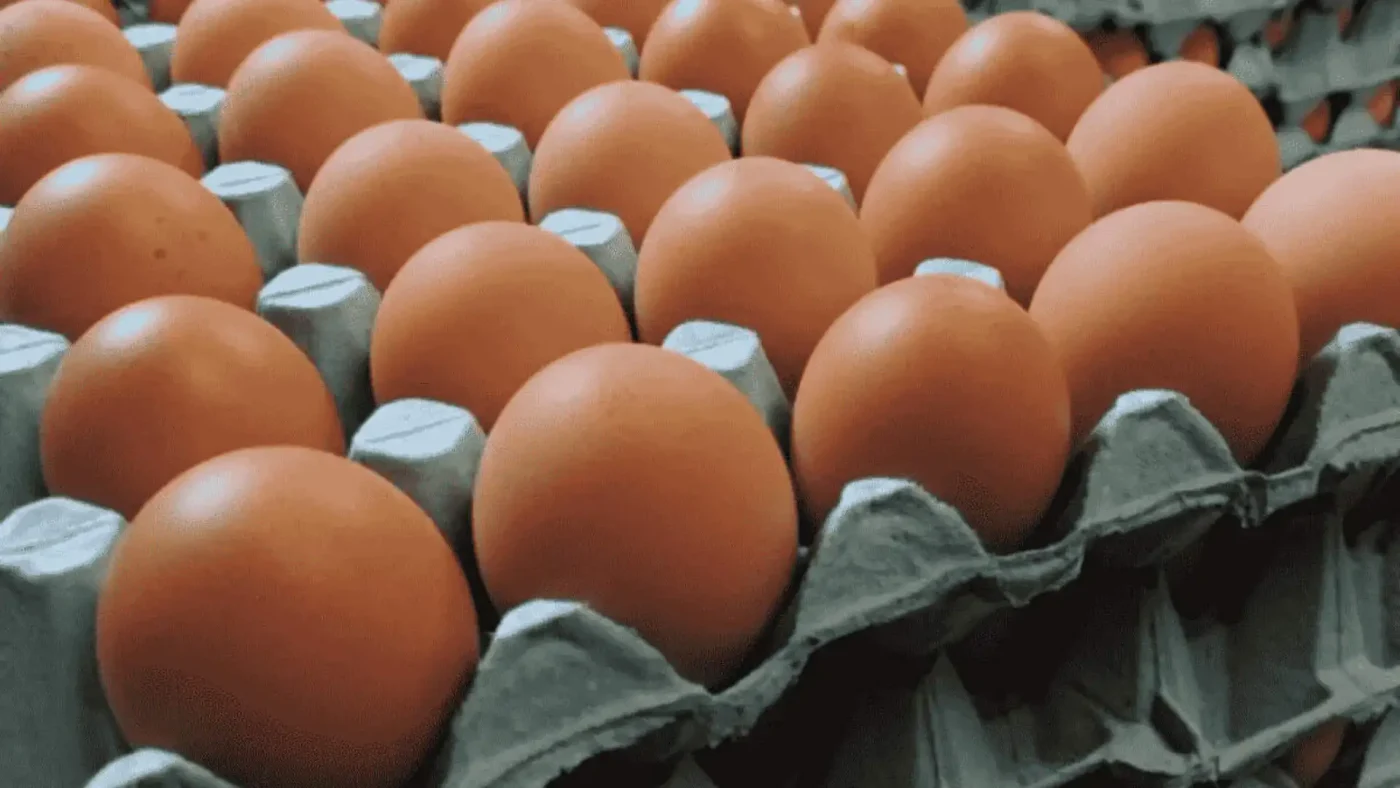In a significant shift in agricultural policy, Malaysia’s government has announced the termination of price controls on chicken eggs and a phased reduction of subsidies, effective from May 1, 2025. The decision, aimed at addressing long-term sustainability in the local egg production industry, comes after years of financial support to counter rising costs triggered by global crises. As the country grapples with balancing consumer affordability and fiscal responsibility, the move has sparked debates over its potential impact on food security and vulnerable populations.
From Subsidies to Market Forces
The Agriculture and Food Security Ministry confirmed on April 30, 2025, that the egg subsidy rate would be halved from RM0.10 to RM0.05 per egg starting May 1, before being completely abolished on August 1, 2025. Between February 2022 and December 2024, the government spent approximately RM2.5 billion (US$525 million) to support the industry, cushioning producers against the economic fallout of the Covid-19 pandemic and the Ukraine-Russia conflict, which drove up import prices for essential chicken feed components like soybeans and corn.
Officials argue that the prolonged period of price controls and subsidies has become unsustainable, both for the nation’s finances and the egg production sector’s long-term viability. “The decision was taken after taking into consideration the industry’s commitment to ensure enough supplies and costs which had stabilized” said a spokesperson for the Agriculture and Food Security Ministry in a statement on April 30. The ministry also pointed to recent successes in supply stability, citing sufficient egg availability at competitive prices during the Hari Raya celebrations as evidence of the industry’s readiness to transition away from government support.
A Question of Fairness
One of the government’s key justifications for phasing out subsidies is the perceived inequity in their distribution. According to the ministry, the current system benefits not only Malaysian citizens but also foreigners and high-income households who do not require financial assistance. By removing blanket subsidies, the government aims to redirect resources more effectively, though specific plans for targeted support to low-income families remain unclear.
To mitigate potential price shocks, the industry has agreed to introduce special grade eggs at reasonable prices. Additionally, consumers will have access to competitively priced eggs through initiatives like the Madani Agro Sales, the Federal Authority on Agriculture Marketing (Fama), and the Farmers Organisation Authority. These measures are intended to ensure that the rollback of subsidies does not disproportionately burden households already strained by rising living costs.
Enforcement and Market Oversight
With the removal of price controls, concerns about profiteering and price manipulation by unscrupulous traders have emerged. To address this, the Agriculture and Food Security Ministry has vowed to intensify enforcement under the Price Control and Anti-Profiteering Act 2011 (AKHAP 2011). The ministry’s commitment to cracking down on exploitative practices signals a proactive approach to maintaining market fairness during this transitional period. However, the effectiveness of these measures will depend on the government’s capacity to monitor and penalize violations across a fragmented supply chain.
A Broader Economic Context
The decision to end egg price controls and subsidies must be viewed within the broader context of Malaysia’s economic challenges and policy reforms. The country has faced persistent inflationary pressures in recent years, exacerbated by global supply chain disruptions and geopolitical tensions. Food inflation, in particular, has been a sore point for many households, with eggs—a staple in Malaysian diets—becoming a symbol of broader affordability concerns.
Back in November 2022, images of workers collecting eggs at poultry farms in Pahang state underscored the severity of a nationwide egg shortage, driven by soaring chicken feed prices. Consumers and farmers alike voiced frustration over the scarcity, which forced many to scramble for supplies. While the situation has since improved, the memory of empty shelves remains fresh for many Malaysians, raising questions about whether the industry can maintain stability without government intervention.
Economists have mixed views on the policy shift. Some argue that removing subsidies and price controls will encourage market efficiency, incentivizing producers to innovate and reduce costs over time. Others caution that the immediate impact could be a spike in egg prices, disproportionately affecting low-income families who rely on eggs as an affordable protein source. The government’s ability to balance these competing interests will be critical in determining the success of this reform.
Industry Readiness and Consumer Impact
The egg production industry, a vital component of Malaysia’s agricultural sector, has signaled its readiness to adapt to the new policy landscape. Industry stakeholders have committed to maintaining supply levels, a promise that appears to hold weight given the stability observed during recent festive periods. However, the transition away from subsidies will likely test smaller producers who have relied heavily on government support to offset rising input costs.
For consumers, the impact of the policy change remains uncertain. While initiatives like Madani Agro Sales offer a potential buffer against price hikes, their reach and accessibility—particularly in rural areas—will need to be scaled up to meet demand. There is also the question of whether “special grade eggs” will truly remain affordable or simply become a marketing tactic to placate public discontent.
Public sentiment, as gauged through social media platforms and local reports, reflects a mix of resignation and concern. Many Malaysians acknowledge the fiscal necessity of reducing subsidies but worry about the cascading effects on other food prices. Eggs, often seen as a barometer of food affordability, could become a flashpoint for broader dissatisfaction if prices rise beyond manageable levels.
Regional and Global Comparisons
Malaysia’s move to liberalize egg pricing is not unique in the region. Neighboring countries like Thailand and Indonesia have also grappled with balancing agricultural subsidies against fiscal constraints, often with mixed results. In Thailand, for instance, government intervention in rice pricing has historically led to market distortions, while Indonesia’s efforts to stabilize palm oil prices have faced criticism for benefiting large corporations over smallholder farmers. Malaysia’s egg policy could serve as a case study for how Southeast Asian nations navigate the delicate interplay between food security and economic reform.
Globally, the challenges Malaysia faces are emblematic of broader trends in food production and pricing. The lingering effects of the Covid-19 pandemic, coupled with geopolitical conflicts like the Ukraine-Russia war, have exposed vulnerabilities in global supply chains for agricultural inputs. As countries worldwide reassess subsidies and price controls in response to these pressures, Malaysia’s experiment with egg market liberalization may offer valuable lessons—or cautionary tales.
Looking Ahead
As Malaysia embarks on this policy shift, the coming months will be a critical test of both government strategy and industry resilience. The phased reduction of subsidies provides a window for adjustment, but it also places pressure on authorities to ensure that enforcement mechanisms are robust and consumer protections are in place. For now, the promise of competitively priced eggs through government-backed sales initiatives offers a glimmer of hope, though skepticism remains about whether these measures will suffice.
Beyond the immediate concerns of price and supply, the decision to end egg subsidies raises larger questions about Malaysia’s approach to food security and economic equity. How will the government support vulnerable populations in the absence of broad-based subsidies? Can the egg industry innovate to keep costs down without compromising quality or worker livelihoods? As these reforms unfold, the answers to these questions will shape not only the future of egg production but also public trust in the government’s handling of essential goods.
















